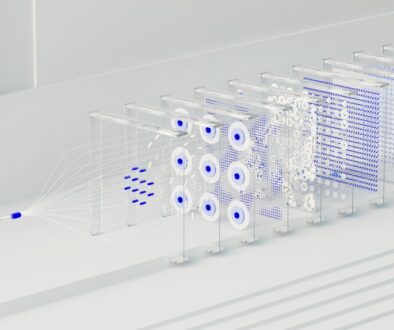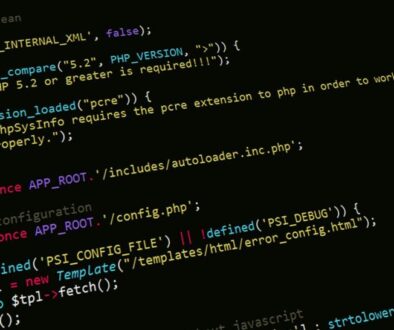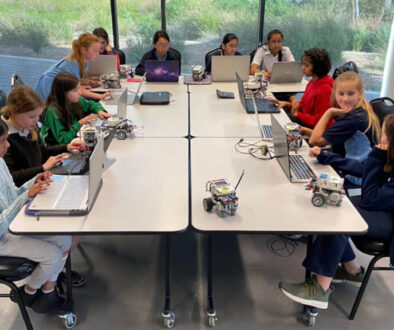AI is strategically breaking into media
A few weeks ago, in a previous blog post, we mentioned that AI can now run a radio station. RadioGPT is a new AI-driven radio technology that can broadcast everything on air, from voice and music to finding local news stories, creating social media posts, podcasts, and short-form video content to promote shows. The AI system can even create the voices of virtual radio hosts. Now it’s the print media’s turn to be attacked by AI: Midjourney, one of the top image creation platforms, announced plans to launch a magazine. Each issue will feature artwork curated from the 10,000 most highly rated images, and interviews with Midjourney community members. The cost is USD4 per month. The first issue is being offered for free, and you can subscribe to it here. AI’s next step will be to disrupt video platforms (YouTube, TikTok, Netflix) or even the movie industry. Generative AI will change what video content to produce, how to create it, and whom to show it to, ushering in an altogether new AI-enabled platform. We live in interesting times…




